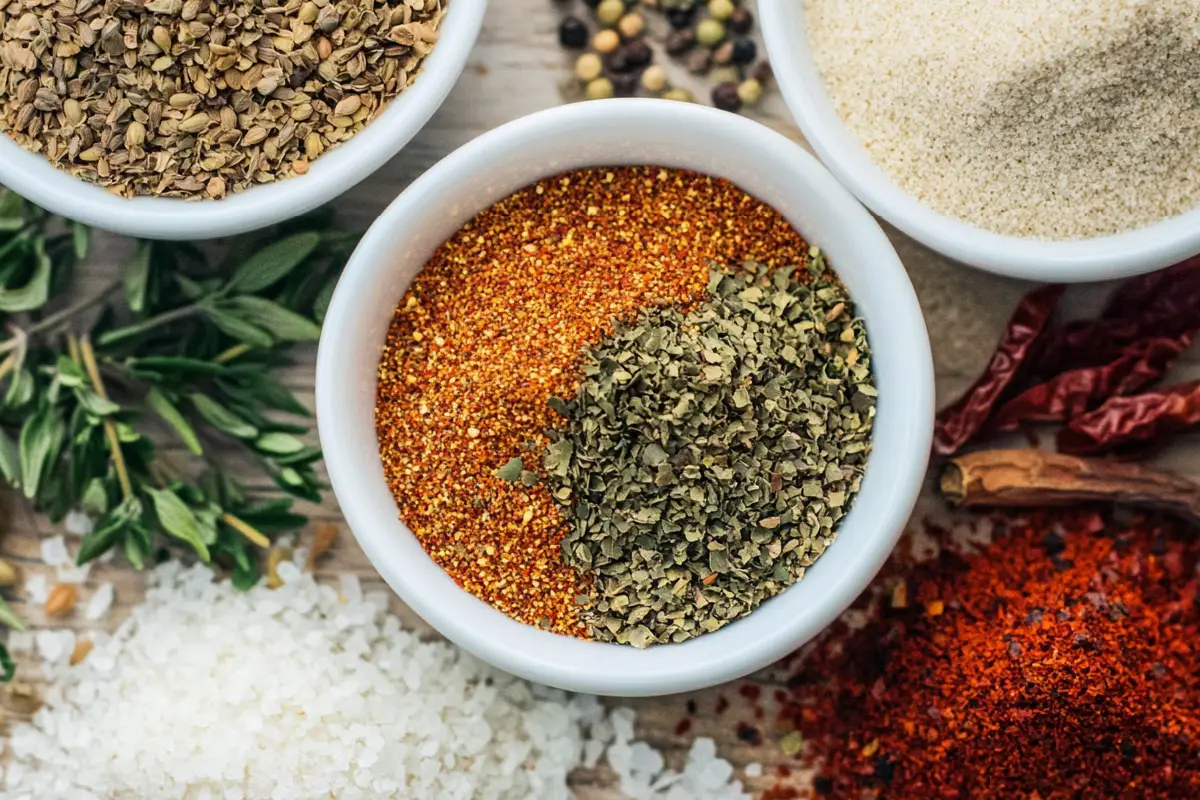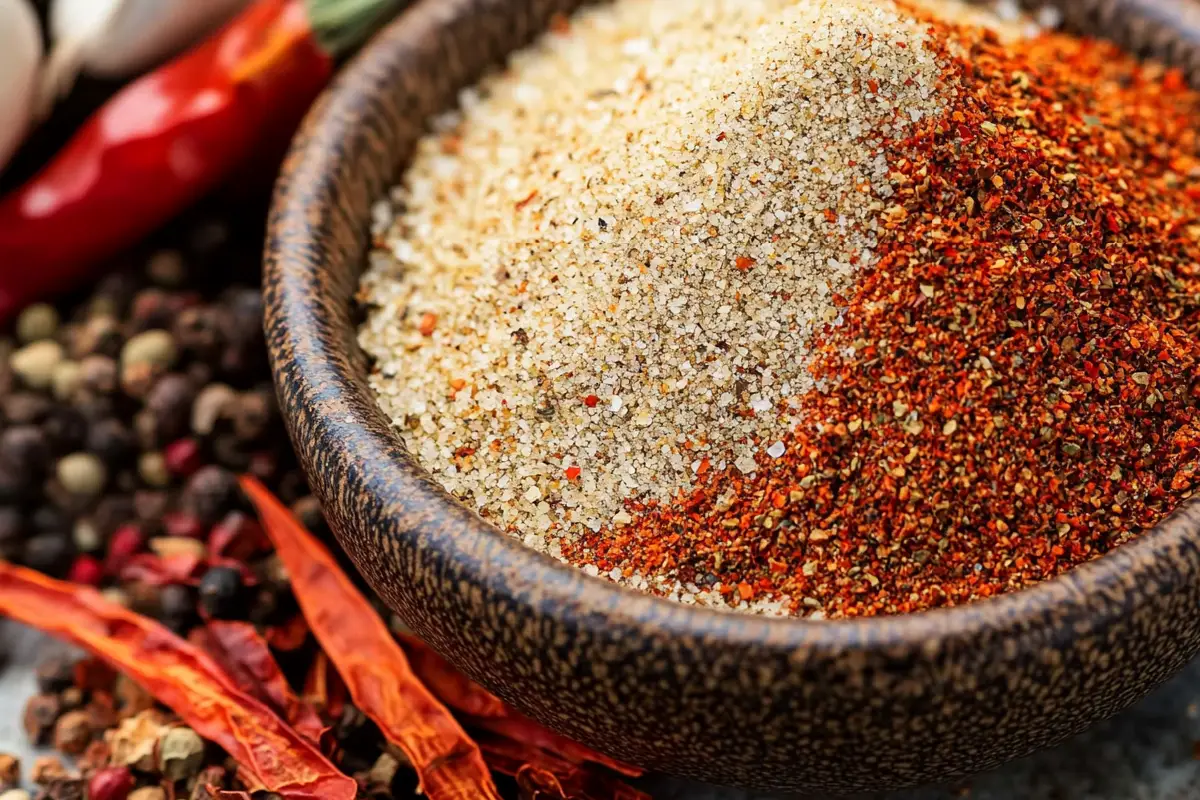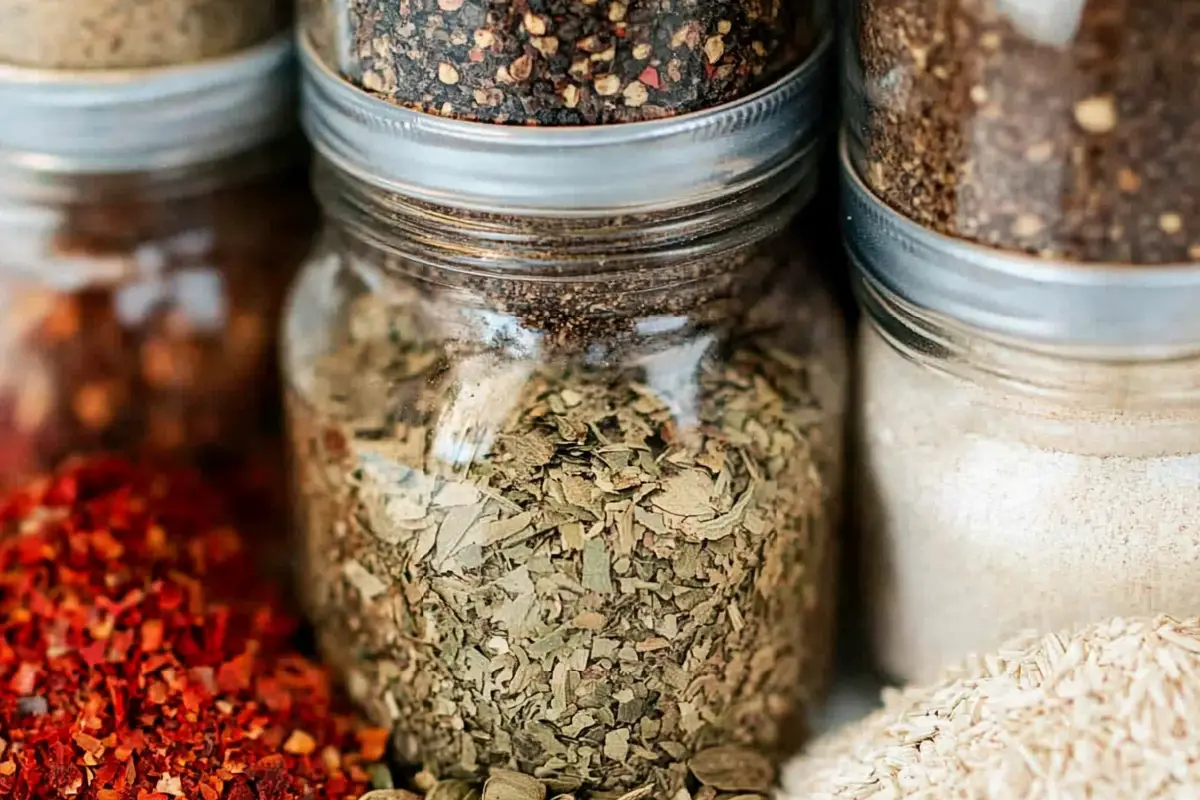Introduction to What Can I Add To Beef Stew For Flavor
Beef stew is a comforting, hearty dish that has been a favorite for generations. While beef, broth, and vegetables are its core components, there are numerous ways to elevate the flavor of this classic meal. Whether you’re making a traditional beef stew or adding a creative twist, it’s essential to use the right ingredients and techniques to get the most flavor from every component. In this guide, we’ll explore the best ways to add depth, richness, and balance to your beef stew.
Choosing the Right Meat for Beef Stew
The foundation of any good beef stew begins with the choice of meat. While you might be tempted to choose an expensive cut, tougher cuts are actually ideal for stews. Cuts like chuck, brisket, and shank contain connective tissue and marbled fat, which break down during slow cooking, turning the meat tender and flavorful. As these cuts simmer, they release their fat and collagen, creating a naturally rich broth that forms the base of the stew.
For the best results:
- Choose cuts that are well-marbled with fat.
- Brown the meat before adding it to the stew. Searing the meat in a hot pan caramelizes the exterior, creating Maillard reactions that deepen the flavor.
Once you have your meat, it’s time to build layers of flavor with other ingredients.
The Importance of Salt and Seasonings
While the beef provides a rich base, seasoning your stew is essential to create balanced and complex flavors. Salt is the most important seasoning in any dish, but using the right type and quantity makes a huge difference.
Types of Salt for Beef Stew
- Kosher salt is less salty than table salt and dissolves more slowly, which makes it a great option for stews. Its large flakes allow for even distribution of flavor throughout the dish.
- Sea salt and Himalayan salt are rich in trace minerals that add a subtle complexity to the flavor. These salts are excellent for finishing dishes, as they provide a clean and bright taste.
- Iodized table salt can also be used, but be cautious with the amount since it can be saltier and more intense than other varieties.
When seasoning, add salt gradually and taste the stew as it simmers. You can always add more, but it’s difficult to fix an overly salty stew.
Herbs and spices are just as crucial to enhancing the overall taste. Fresh and dried herbs contribute aromatic and earthy notes that complement the beef’s savory richness.
Herbs and Spices for Beef Stew
- Rosemary: This aromatic herb pairs well with beef because of its slightly piney, sweet flavor. Add fresh rosemary sprigs or dried rosemary towards the end of cooking to prevent it from overpowering the dish.
- Thyme: A staple in many stews, thyme adds a subtle herbaceous quality that deepens the flavor. Fresh thyme can be added early in the cooking process, while dried thyme works best when added halfway through.
- Bay Leaves: These add a subtle, savory bitterness that helps balance the richness of the stew. Use one or two leaves, but be sure to remove them before serving.
- Paprika: Adding a little smoked paprika or sweet paprika can bring warmth and a slightly smoky flavor to the stew.
Adding the right combination of herbs and spices will infuse the broth with layers of flavor, making the stew aromatic and delicious.
Adding Umami: The Secret to Deep Flavor

One of the keys to making a great beef stew is enhancing its umami—the savory, rich flavor that makes food irresistible. Luckily, there are several ingredients you can add to boost the umami content of your stew.
Bacon: A Smoky, Salty Boost
Adding bacon to your beef stew can add an incredible amount of depth. The smoky, salty richness of bacon complements the beef, and as it cooks, the fat from the bacon helps enrich the broth.
- Thick-cut bacon or pork belly are the best options for stews. Sear the bacon first to render the fat, then add it to the pot to simmer with the beef.
- For extra flavor, try smoked varieties like applewood or hickory-smoked bacon.
Mushrooms: Earthy and Meaty
Mushrooms are another fantastic ingredient for adding depth to your stew. Their meaty texture and rich, earthy flavor contribute to the umami profile.
- Use varieties like shiitake, portobello, and porcini mushrooms, as they hold up well during long cooking times.
- Add the mushrooms early to infuse the broth with their savory flavor, or sauté them first to enhance their umami before adding them to the pot.
Coffee: A Surprising Twist
One unexpected way to add complexity to your beef stew is by incorporating coffee. The bitter, rich flavor of coffee complements the beef and adds a slightly roasted undertone that enhances the stew’s depth.
- Add about 1–2 cups of brewed coffee or 1 tablespoon of instant coffee granules for every 2 pounds of beef. The coffee will blend into the broth, adding richness without making the stew taste like coffee.
- If you’re unsure which coffee to use, consider a darker roast for a richer flavor. A wide variety of coffee brands can help you find the perfect choice.
Enhancing Flavor with Unexpected Ingredients
While traditional seasonings and umami-rich ingredients are essential for a flavorful stew, adding a few unexpected ingredients can bring your dish to the next level.
Cacao or Dark Chocolate
It might sound unusual, but a small amount of dark chocolate or cacao can add richness and depth to your beef stew. Like coffee, chocolate enhances the savory flavors without making the dish taste sweet.
- Use high-quality dark chocolate (at least 70% cacao) and add just a few squares. Stir it in during the last 30 minutes of cooking to allow it to melt and blend into the broth.
- Alternatively, use unsweetened cacao powder for a more subtle effect.
Red Wine
One of the most common additions to beef stew is red wine. The acidity of the wine helps tenderize the meat while adding complex flavors to the stew.
- Choose a dry red wine like pinot noir or cabernet sauvignon. The alcohol will cook off, leaving behind a rich, concentrated flavor.
- Add the wine after browning the meat, allowing it to simmer and reduce before adding other liquids like broth.
Stout Beer
For an Irish-inspired twist, consider adding stout beer to your stew. Dark beers like Guinness bring a roasted, malty flavor to the broth, adding both sweetness and bitterness. The result is a complex and hearty stew.
- Add about 15 ounces of stout for every 2½ pounds of beef. The beer will blend with the broth, enhancing the meat’s natural flavors.
- You can experiment with different dark beers, such as porters or even chocolate stouts, to find your preferred flavor profile.
Vegetables: Enhancing Texture and Flavor
Vegetables are more than just fillers in a beef stew. When chosen and cooked properly, they can add texture, sweetness, and additional flavors that complement the meat and broth.
Potatoes: Earthy and Hearty
Potatoes are a common addition to beef stew, adding body and texture. They also absorb the rich flavors of the broth, making them a satisfying component of the dish.
- Waxy potatoes like red potatoes, fingerlings, or Yukon gold hold their shape well during cooking.
- Add potatoes in the last hour of cooking to avoid them becoming too soft and mushy.
Carrots: Sweet and Nutritious
Carrots add a natural sweetness that balances the savory richness of the beef and broth.
- Use large, firm carrots and add them about halfway through the cooking process. They will absorb the broth’s flavors and help thicken the stew slightly as they break down.
- For a twist, try using heirloom carrots, which come in various colors and flavors, from sweet orange to spicy purple.
Root Vegetables: Turnips and Parsnips
If you want to add even more depth to your stew, consider using other root vegetables like parsnips, turnips, or celeriac. These vegetables add earthiness and sweetness to the broth, and their starches help thicken the stew naturally.
- Cut these vegetables into large chunks and add them along with the carrots and potatoes for even cooking.
Brighten the Flavor with Citrus
After hours of simmering, a beef stew can sometimes taste a little too rich or heavy. Adding a splash of citrus juice or zest at the end of cooking can help brighten the flavors and add a touch of freshness.
Orange and Lemon Zest
- Grate a little orange zest or lemon zest into the stew during the final few minutes of cooking. The acidity helps balance the richness of the meat and broth, while the citrus aroma adds a refreshing note.
- Be cautious not to add too much, as citrus can overpower the dish if used excessively.
Thickening Your Beef Stew
A hearty beef stew should have a thick, velvety consistency. While some vegetables help thicken the stew naturally, there are other techniques you can use to achieve the desired texture.
Using Potatoes or Purees
As mentioned earlier, potatoes help thicken the broth as their starches break down. You can also use instant mashed potatoes or potato flakes to thicken the stew more quickly if you’re short on time.
Cornstarch or Flour
For a more traditional method, create a slurry by mixing equal parts cornstarch or flour with cold water. Stir the mixture into the stew during the last 30 minutes of cooking to thicken the broth.
FAQs About What Can I Add To Beef Stew For Flavor

What Spices Go Well with Beef Stew?
The best spices for beef stew include thyme, rosemary, bay leaves, and paprika. These herbs and spices add depth and warmth, enhancing the savory flavors of the beef and broth.
How Do You Fix a Bland Beef Stew?
To fix a bland stew, try adding more salt or incorporating umami-rich ingredients like soy sauce, Worcestershire sauce, or mushrooms. A splash of vinegar or citrus juice can also brighten the flavors.
Can You Add Wine or Alcohol to Beef Stew?
Yes! Red wine and stout beer are excellent additions that add richness and complexity to the stew. The alcohol cooks off, leaving behind the flavors that complement the beef.
How Can I Thicken My Beef Stew?
To thicken beef stew, add starchy vegetables like potatoes or use a cornstarch slurry. You can also mash some of the vegetables to naturally thicken the broth.
Conclusion: What Can I Add To Beef Stew For Flavor
By incorporating these ingredients and techniques, you can turn a simple beef stew into a flavorful, mouthwatering meal. Whether you stick to classic seasonings or experiment with creative additions like bacon, chocolate, or stout beer, the possibilities for enhancing the flavor of beef stew are endless.

